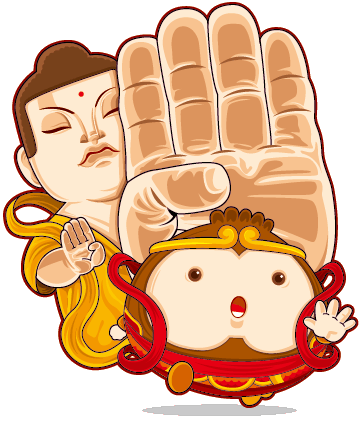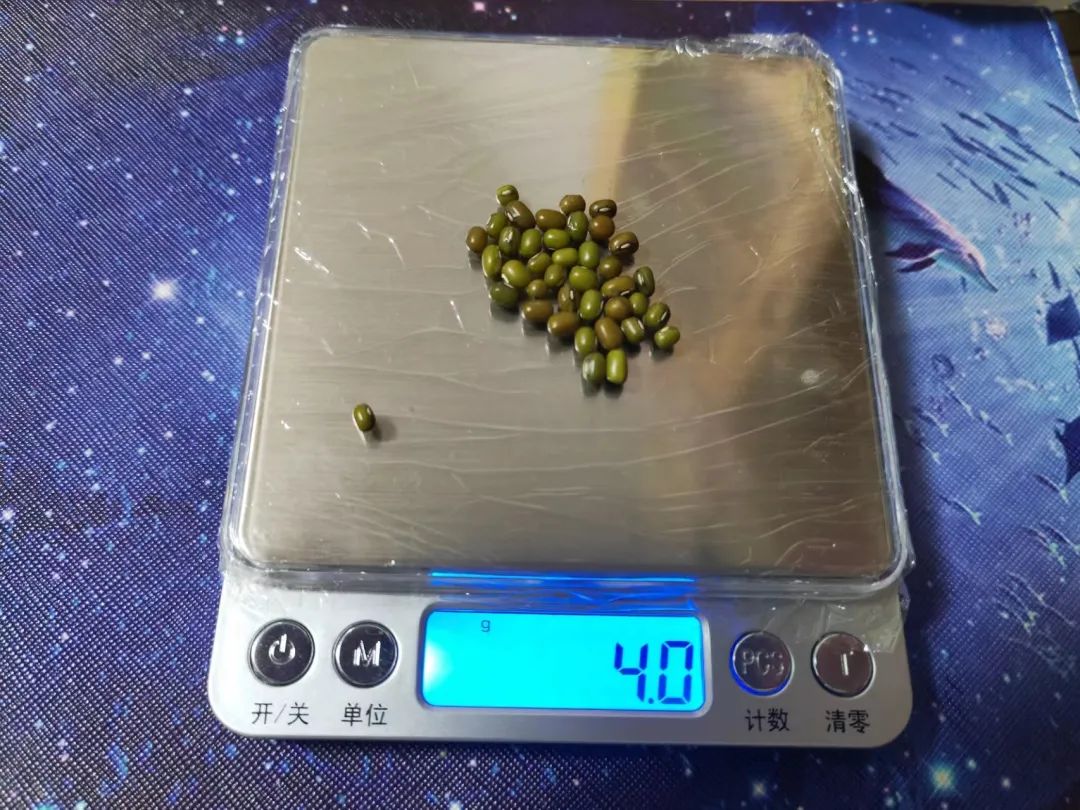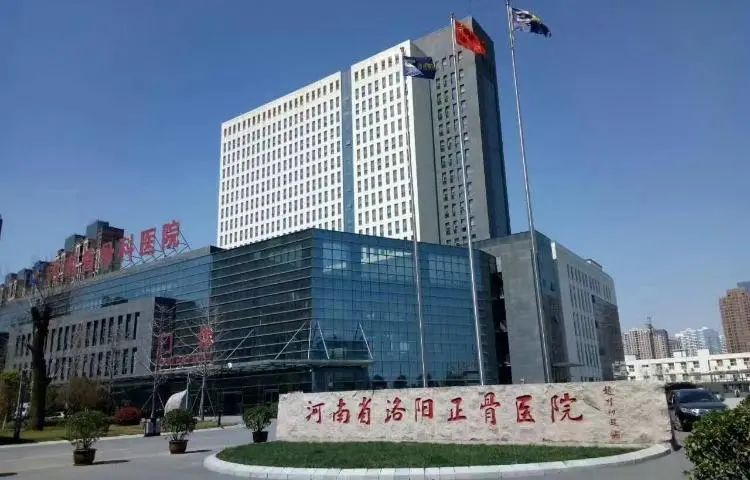
Traditional Chinese Medicine (TCM) is divided into literary and martial practices. In earlier times, only those who could accurately assess the pulse were honored with the title “Master”. The practice of observing color, palpating the pulse, and prescribing herbs required a deep understanding of literature and the ability to interpret the nuances of text, embodying the image of a scholar. In contrast, those skilled in bone-setting, though respected with the title “Senior”, often lacked the refinement of scholars. If one is not physically capable, facing dislocated shoulders, misaligned legs, or displaced bones would leave them helpless.
Therefore, in my youth, while learning bone-setting techniques, I often felt my strength was insufficient. While internal medicine practitioners lamented their lack of knowledge when needed, I found my hands weak and sweaty when faced with practical application. However, over time, I began to appreciate the similarities between bone-setting and martial arts: inherent strength is undoubtedly important, but agility is the ideal state of performance. When resetting bones or applying techniques, one must avoid using excessive force; using brute strength often leads to mutual injury. This is likely why practitioners are encouraged to train their skills while refraining from using raw power during techniques.

Thus, the application of force during bone-setting is akin to the “Divine Palm” technique, where one must “gently press down” (from “Journey to the West, Chapter 7: The Great Sage Escapes from the Eight Trigrams Furnace, the Monkey King Calms the Mind Under the Five Elements Mountain”). It requires both firm locking and gentle handling.
杏林小先儿留迹 xinglinxiaoxianr
When discussing the application of force in TCM pulse diagnosis, it reaches another level of understanding. Without specialized training, relying solely on personal intuition may make it difficult to master.

Years ago, I met a master specializing in pulse diagnosis who had me use a small electronic scale to control my finger pressure, aiming for around 4 grams. At the time, I did not understand the significance; I just felt that my touch needed to be very light.
Of course, at that time, I was infatuated with Western surgical techniques and viewed pulse diagnosis as merely an elegant pursuit. I imagined that the three-finger Zen technique would be unattainable for a doctor accustomed to the blood and gore of surgery.
杏林小先儿留痕 xinglinxiaoxianr
Until one day, while exploring the concept of the five elements, I inadvertently found this in the “Pulse Classic”:

The pulse has light and heavy qualities; what does this mean? When the pulse is held lightly, it corresponds to the weight of three beans, relating to the lungs. When it is the weight of six beans, it corresponds to the heart. When it is the weight of nine beans, it corresponds to the spleen. When it is the weight of twelve beans, it corresponds to the liver. When pressed to the bone, and the pulse rises, it corresponds to the kidneys. Thus, we speak of light and heavy.
——”Pulse Classic, Method of Holding the Pulse Light and Heavy, Chapter Six”
So it turns out that pulse diagnosis has such clear and almost incredible requirements for finger pressure!  It is worth noting that the “Pulse Classic” was written in the third century AD, over 1800 years ago. This astonishing insight is perhaps comparable to the surprise of the Supreme Treasure returning through the Moonlight Treasure Box to meet the Spider Demon five hundred years ago, multiplied by three.
It is worth noting that the “Pulse Classic” was written in the third century AD, over 1800 years ago. This astonishing insight is perhaps comparable to the surprise of the Supreme Treasure returning through the Moonlight Treasure Box to meet the Spider Demon five hundred years ago, multiplied by three.
Even having spent years in a mechanics lab, I still marvel at the passage of time and the whims of creation! Isn’t this about the input of different mechanical signals from complex systems and the output of feedback signals? The ancients achieved this, but how can we not?
……
As the years go by
It should be a time of good scenery wasted
Even with a thousand kinds of charm
Whom can I share it with?
Looking back at the past
◆ Basic Training of Touch Techniques
◆ Practical Experience with Bead Needling: Ulnar Nerve Syndrome
◆ Practical Experience with Bead Needling: True and False Tennis Elbow

Minimally Invasive TCM Techniques – Bead Needling Therapy
Professor Dong Fuhui’s Studio

Share

Collect

Like

Follow

